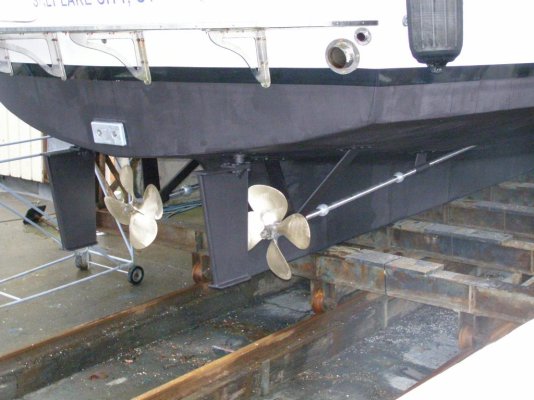Nomad Willy
Guru
Walt, Marin, Sunchaser,
Well .. as I see it Guru status is earned 100 % by quanity, 0 %* from quality. The Lehmans are'nt fuel hogs .. Marin is just running them hard enough to almost get out of the underloading zone. Sunchaser, there must be a missing link in your numbers as that seems to be a very big boat to go 8 knots on less that 5 gph unless it is a FD hull which it is not.
Eric Henning
Willard 30
Thorne Bay AK
Well .. as I see it Guru status is earned 100 % by quanity, 0 %* from quality. The Lehmans are'nt fuel hogs .. Marin is just running them hard enough to almost get out of the underloading zone. Sunchaser, there must be a missing link in your numbers as that seems to be a very big boat to go 8 knots on less that 5 gph unless it is a FD hull which it is not.
Eric Henning
Willard 30
Thorne Bay AK

